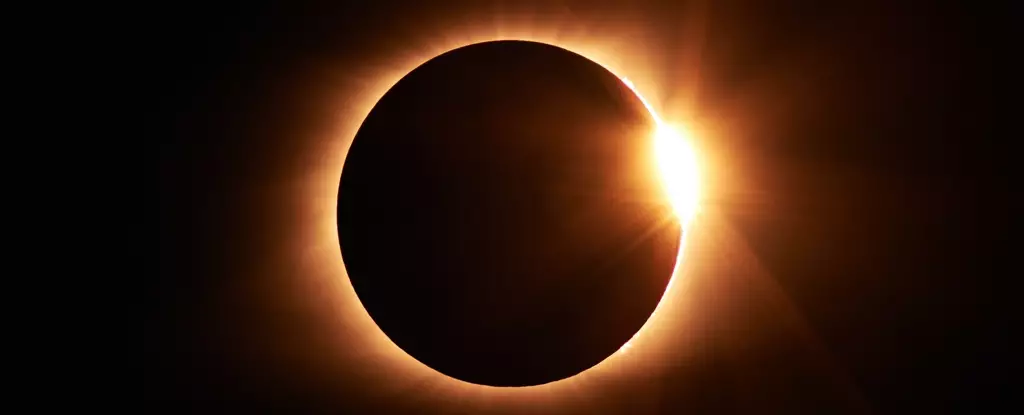The astronomical phenomenon of a total solar eclipse is a rare and awe-inspiring event that captures the attention of people across the globe. On April 8, a total solar eclipse will occur across North America, as the Moon passes between the Sun and Earth, creating a momentary darkness akin to dawn or dusk. These events are significant opportunities for scientific research and experimentation, shedding light on various mysteries of the Sun.
Scientific Experiments During Total Solar Eclipses
During the upcoming total solar eclipse, an international team of scientists from Aberystwyth University, Nasa Goddard Space Flight Center, and Caltech will be conducting groundbreaking experiments in the path of totality. These experiments aim to delve into the mysteries of the Sun’s corona, the outermost layer of its atmosphere, which is hotter than the visible surface, a phenomenon that defies conventional logic.
The team will utilize advanced scientific instruments such as the Coronial Imaging Polarimeter (Cip) and the Coronial High-Resolution Line Spectrometer (Chils) to capture detailed images and spectra of the Sun’s corona during the eclipse. These instruments provide crucial data on the corona’s temperature, density, magnetic field, and spectral signatures, offering insights into the mechanisms that heat the corona to such high temperatures.
Significance of Eclipse Observations
The clarity and proximity of eclipse measurements surpass even space-based observations, allowing scientists to study the corona’s fine-scale structure and magnetic conditions with unprecedented detail. By analyzing the corona’s temperature variations and spectral emissions, researchers can refine advanced models of the corona’s behavior and plasma dynamics.
Coronal Mass Ejections and Solar Activity
The total solar eclipse coincides with a period of heightened solar activity, presenting a unique opportunity to observe coronal mass ejections (CMEs) – massive clouds of magnetized plasma ejected from the Sun’s atmosphere. Through spectral analysis of CMEs near the Sun, scientists can gain insights into their thermodynamics, velocity, and impact on space weather, including potential disruptions to Earth’s infrastructure and satellites.
The success of the eclipse experiments has laid the groundwork for a proposed space mission called the Moon-Enabled Solar Occultation Mission (Mesom), which aims to orbit the Moon and conduct extended eclipse observations. Additionally, advanced 360-degree cameras will capture video footage of the eclipse for public outreach events, inspiring interest in solar science and showcasing the importance of continued research on our local star, the Sun.
Total solar eclipses offer a unique and unparalleled opportunity for scientists to unlock the mysteries of the Sun’s corona and conduct groundbreaking research on solar phenomena. Through innovative instruments, meticulous observations, and collaborative efforts, researchers strive to deepen our understanding of the Sun’s atmosphere and advance scientific knowledge of our solar system. As we eagerly await the upcoming total solar eclipse on April 8, the world watches in anticipation of the new discoveries and revelations that await us in the vast expanse of the solar system.


Leave a Reply